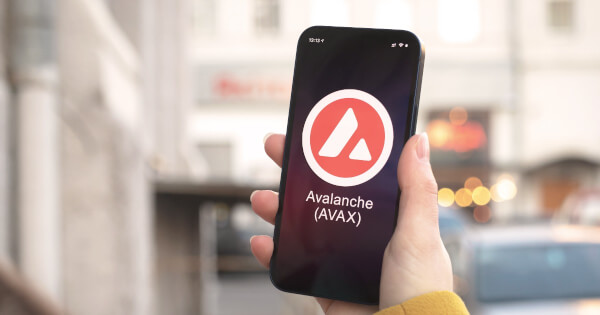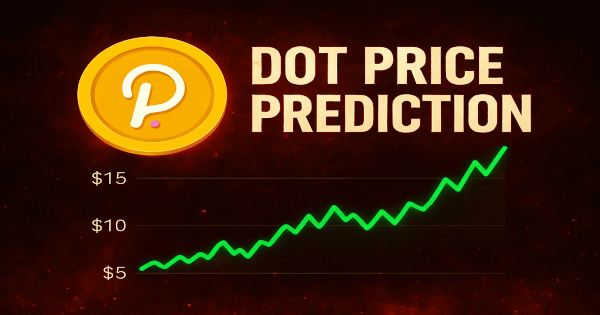 | There’s a commonly reiterated blanket statement in crypto that HODL is somehow superior compared to trading. You’ll hear arguments like: HODL requires no skills, it’s less stressful, trading fees eat up all of your profits, over 90% of traders lose all their money, etc. All of these arguments are generally sound, especially if you’re thinking about the average Joe who knows nothing about crypto or trading. But what if I told you that it isn’t the case for most of us who know at least the basics of interacting with a crypto trading platform? Annoyed by the notion that people should run away from risk and stay safe inside their HODL cocoons, I decided to run 20,000 backtests analyzing the market over the course of 3 years to prove that a strategy like periodic rebalancing is more profitable and easier than the ol’ buy-and-hold strategy that Bitcoin maxis like to parade – even with high fees. This post is an excerpt from my full post that I published on Hackernoon; which you can find at the following link. You can skip to the 'Results' section if you're not interested in how the backtest was set up. You can also find some of the results in the image below: Backtest Setup: How It WorksThis is a case study based on the results of 20,000 backtests that focuses on the relation between periodic rebalancing frequencies and trading fees; which is then compared to a HODL strategy utilizing the same data. The ultimate goal of this case study is to analyze how the trading fees from your favorite exchanges affect multiple rebalancing periods and find out whether the strategy is still superior to HODL. My backtest tracks the performance of a 15-asset portfolio during a 3-year period lasting from Jan 1, 2020, to Dec 31, 2022. I've analyzed 20 settings in total, which amounts to 1,000 backtests per setting. Here's a list of all the variables. Periodic rebalancing frequencies:
Trading fees:
Note that the assets were picked randomly for each individual backtest and that the assets in each portfolio are evenly distributed. Backtest ResultsThe first image shows you the relationship between periodic rebalancing frequencies and trading fees. You can tell that high-frequency trading (as is the case with 1-hour rebalancing) is more affected by trading fees. This happens because frequencies like hourly rebalancing execute more trades, and thus, incur more trading fees. The fees have a staggering impact on portfolio performance in the previous case, however, the effects simmer down as you move onto daily, weekly, and ultimately, monthly rebalancing. The effect of trading fees on weekly and monthly rebalancing is almost minimal. Now here's what you were waiting for: the performance of a trading strategy like periodic rebalancing versus HODL. Periodic rebalancing outperforms HODL in literally ALL cases except hourly rebalancing with 0.4% and 0.6% trading fees. It seems that most strategies outperform HODL by around 20% on average. The table above shows the specific figures for how each rebalancing frequency and trading fee performed against HODL. As you can see, only two backtest groups underperformed: 0.4% and 0.6% trading fees with hourly rebalancing. Note that this case study was done with a completely automated rebalancing app, which means that you don't even have to waste time trading or tracking your portfolio's allocations. This completely eliminates the argument of other strategies being more stressful, complicated, or time-consuming than HODL. The case study also proved that some exchanges are better than others. Exchanges like Binance and their 0.1% trading fee obviously performed better than Coinbase with its 0.6% fee. Most exchanges (refer to the backtest setup section) perform similarly. But if you want to maximize your performance, it's best to trade on Binance, Kucoin, Bybit, OKX, and any other exchange offering 0.1% taker fees. I really find this backtest case study interesting as it may help you improve your performance in the next bull market simply by trading on the right exchange and using the right strategy. Again, if you have time, make sure to read the full case study in order to better understand how the backtest is designed and why certain rebalancing strategies perform better than HODL. Feel free to ask me any extra questions! I'll make sure to reply to everyone who has any questions about how the backtest was designed, what different performances mean, how different strategies and fees affect your performance, etc. [link] [comments] |

You can get bonuses upto $100 FREE BONUS when you:
💰 Install these recommended apps:
💲 SocialGood - 100% Crypto Back on Everyday Shopping
💲 xPortal - The DeFi For The Next Billion
💲 CryptoTab Browser - Lightweight, fast, and ready to mine!
💰 Register on these recommended exchanges:
🟡 Binance🟡 Bitfinex🟡 Bitmart🟡 Bittrex🟡 Bitget
🟡 CoinEx🟡 Crypto.com🟡 Gate.io🟡 Huobi🟡 Kucoin.




















Comments